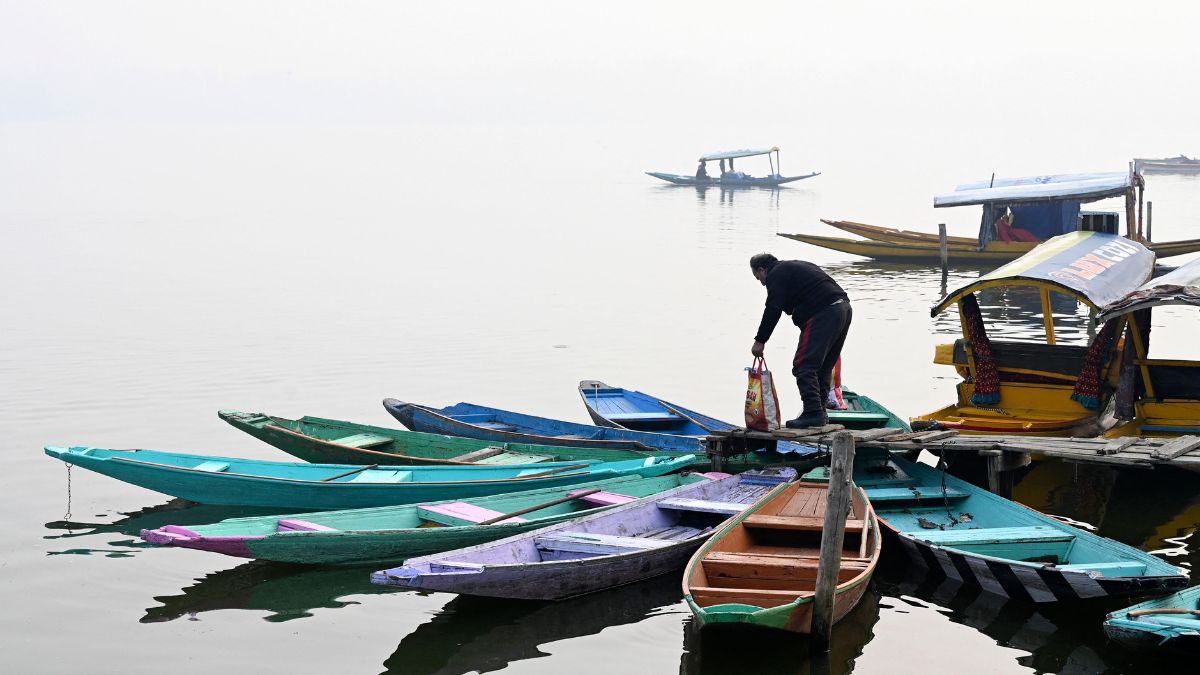As autumn blurs into winter, Kashmir is experiencing a freeze, with temperatures dropping below zero. Last night, the southern district of Shopian recorded a frigid -5.5°C, making it the coldest place in the valley. Srinagar, the summer capital, also had its coldest night of the season at -2.1°C.
Popular tourist spots are also in the grip of cold. The picturesque Pahalgam recorded -5.0°C, and Gulmarg, known for skiing, saw temperatures fall to -2.5°C.
#JammuAndKashmir: Visuals of fresh snowfall from Kashmir valley. pic.twitter.com/x7DO3ZwGYo
— ANI (@ANI) January 5, 2019
This cold weather has arrived before the Chillai Kalan, a 40-day harsh winter that begins on December 21, marked by very cold temperatures, heavy snowfall, and frozen water bodies, including parts of the Dal Lake.
The meteorological department predicts that Western Disturbances will arrive starting Friday evening, potentially bringing light rain and snowfall in the coming days. While this could make it colder, it’s important for refilling water supplies, especially since there hasn’t been much snowfall yet this season.
Locals are using traditional heating methods like kangris (small portable fire pots) and pherans (woolen cloaks) to stay warm.
Despite the cold, the winter season shows the strength and adaptability of the people of Kashmir. Tourists are starting to visit the valley, attracted by its snow-covered beauty and the chance to enjoy winter sports in places like Gulmarg and Sonmarg.
Cold weather brings other challenges. The discharge in rivers reduce, leading to a sharp decrease in hydel power generation and power outages. People, especially children, also have to be cope with frostbites and cold.
The arrival of winter also spurs the buying of winter wear, heaters and blowers. Dried vegetables and cereals make it to the eating menu regularly.
As the valley prepares for the peak of winter, this cold wave is a clear reminder of nature’s power and its important role in shaping the culture, lifestyle, and daily life of Kashmir.



